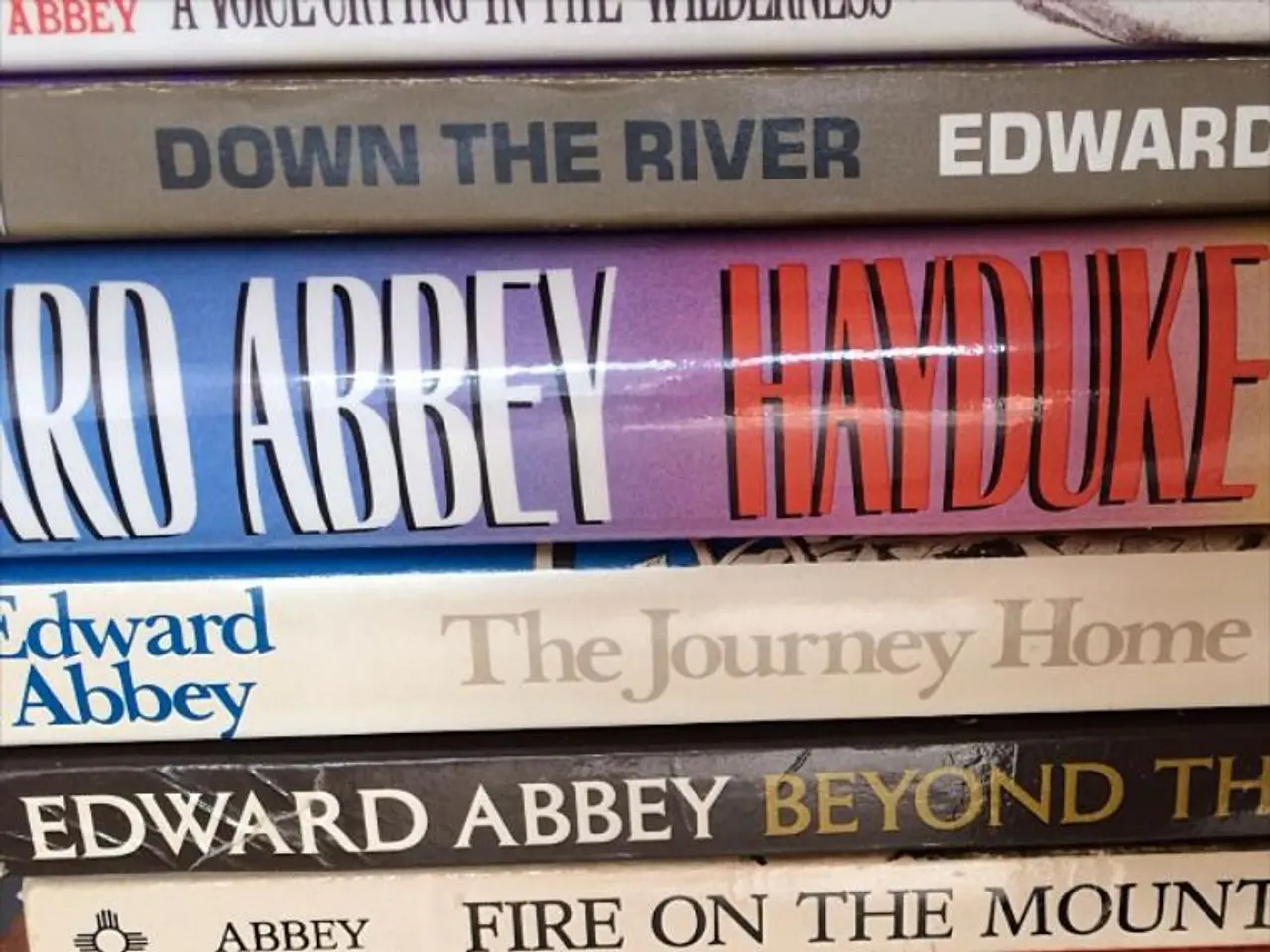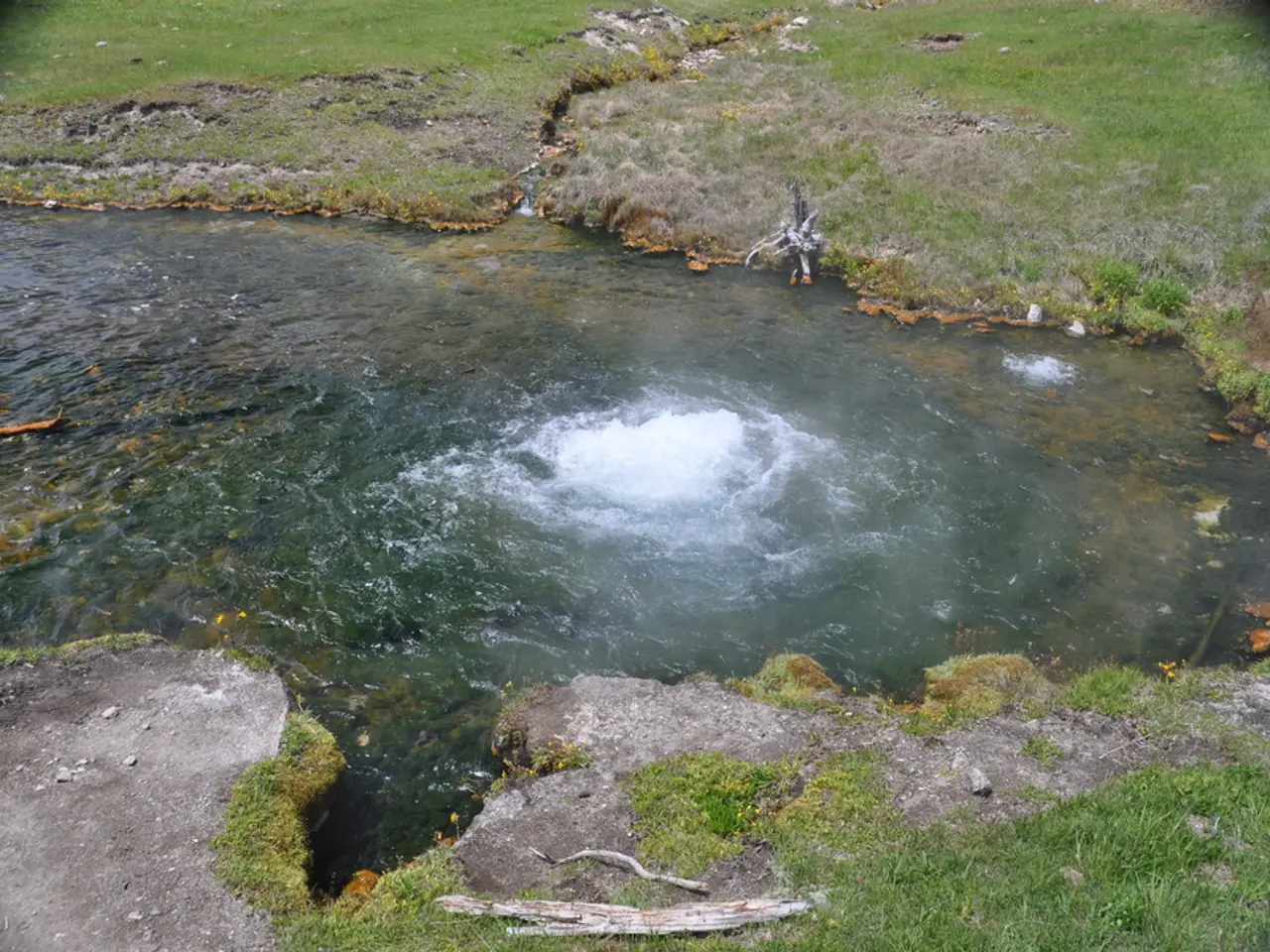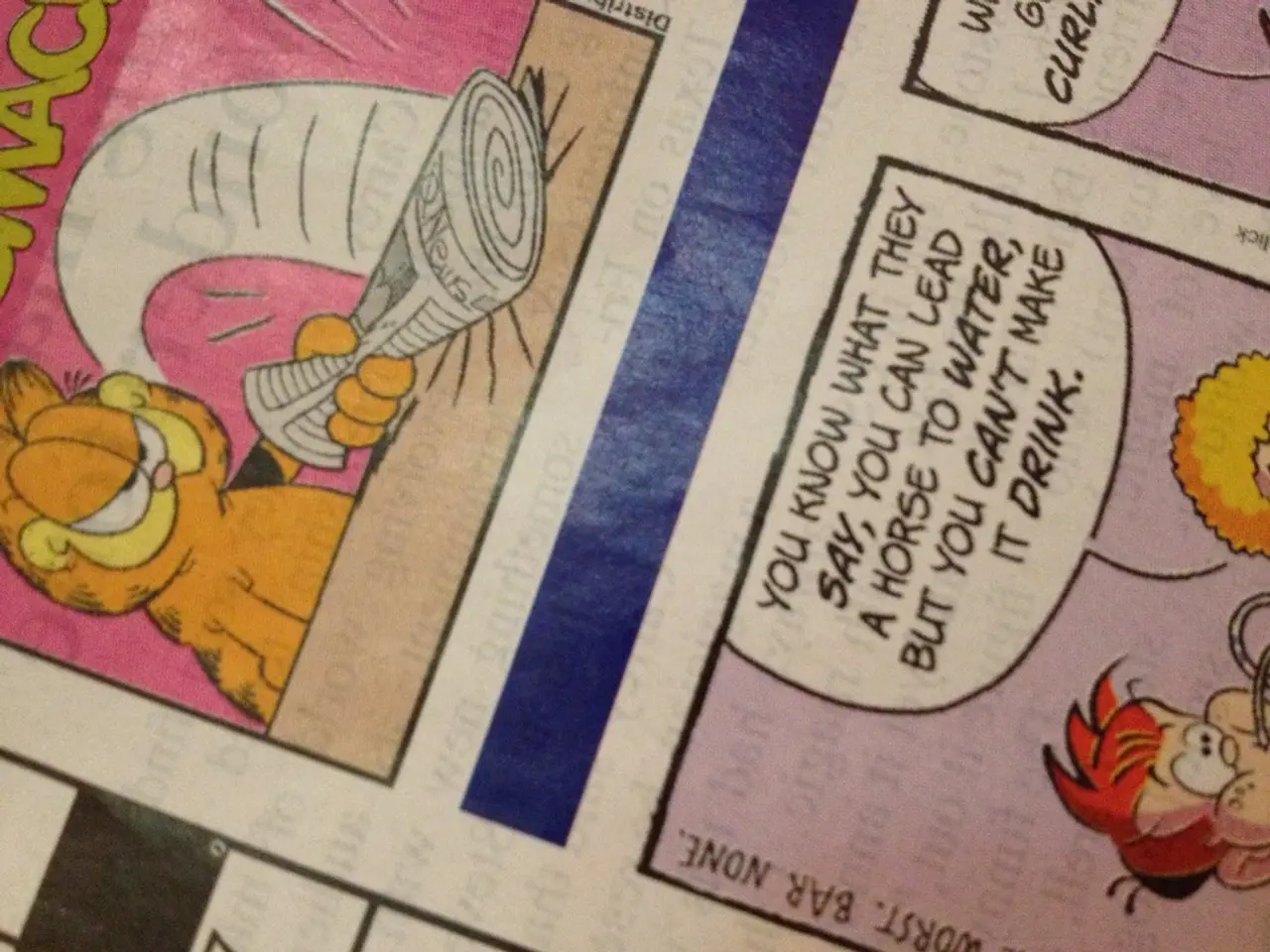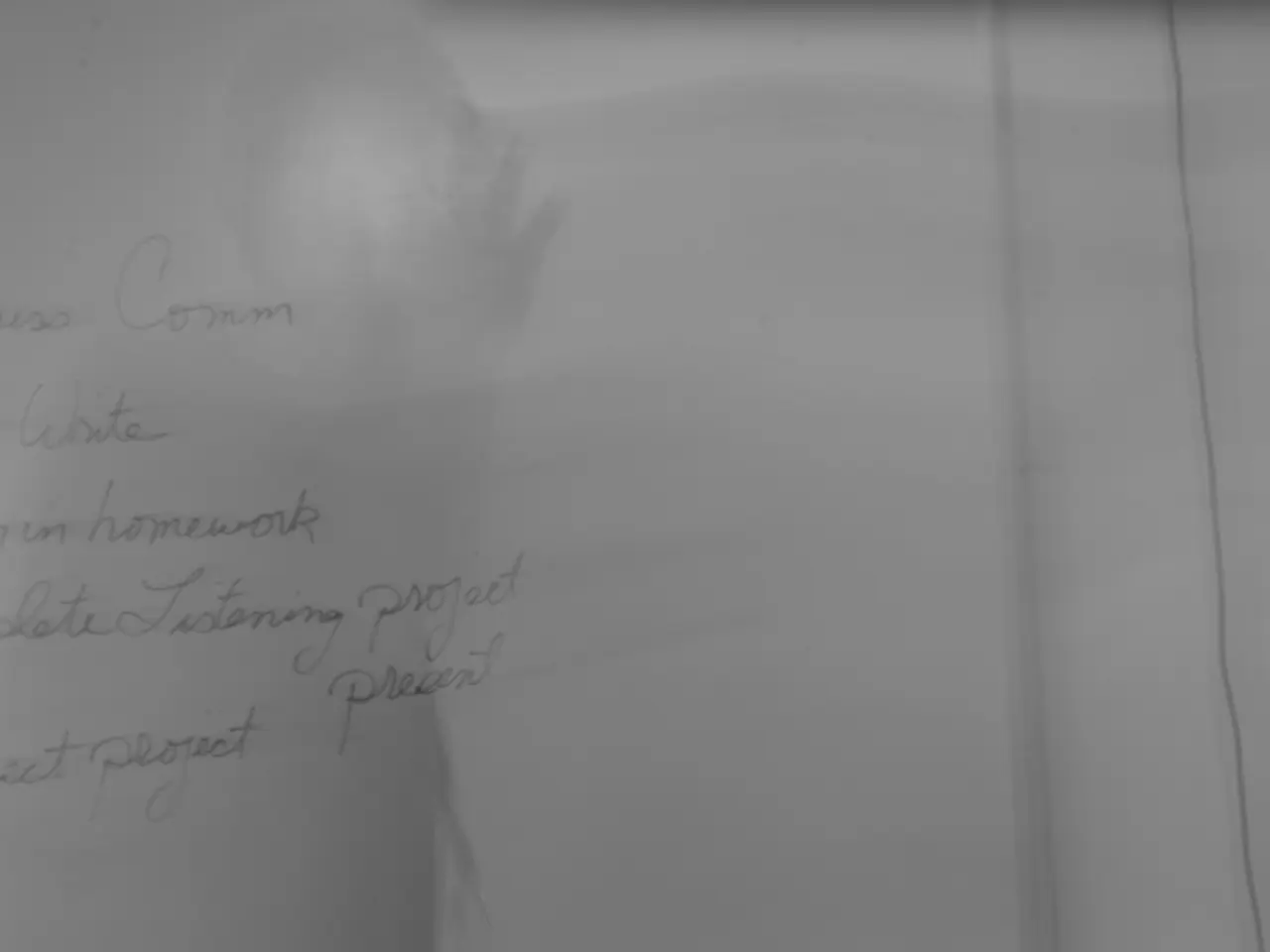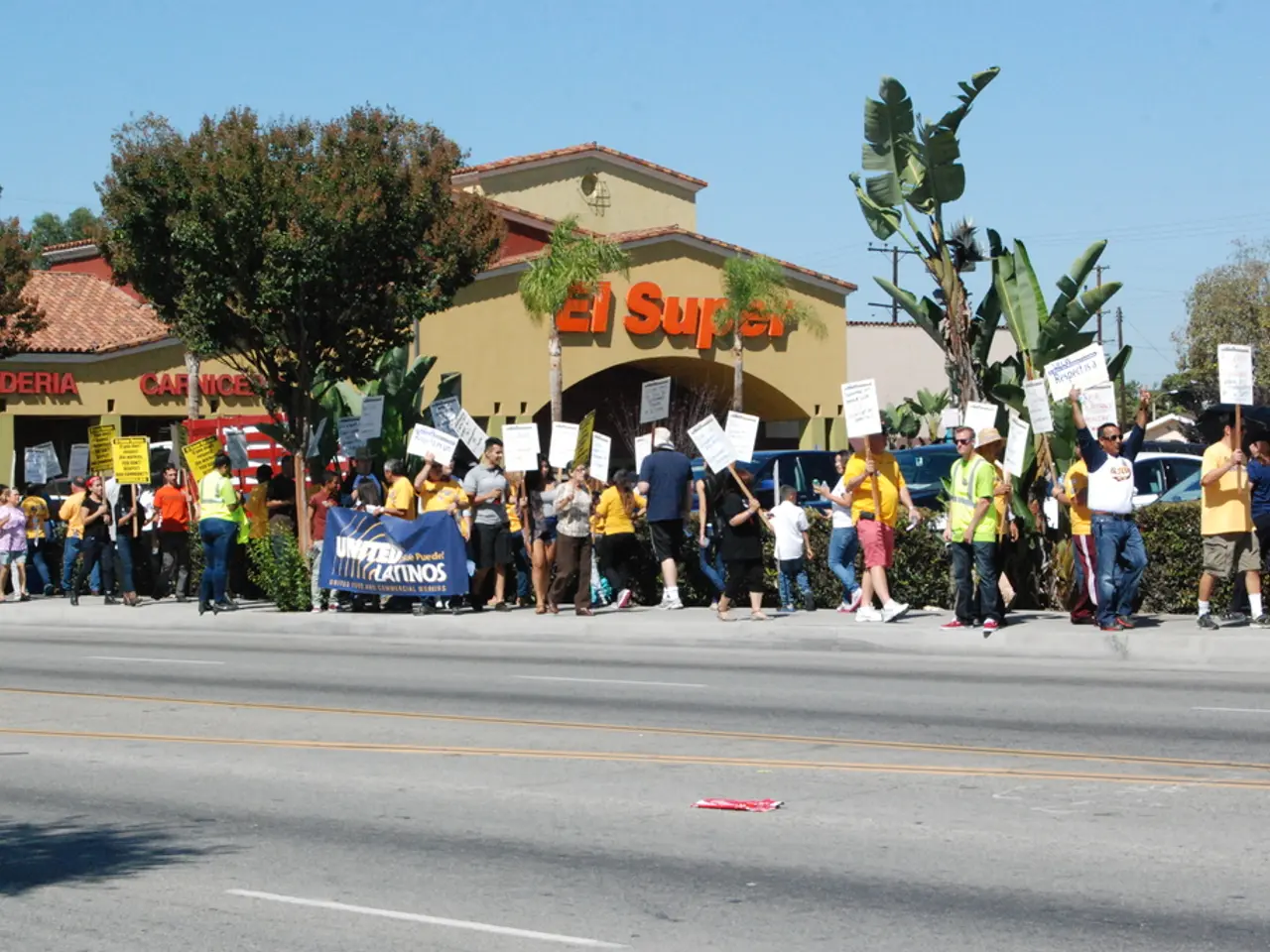Crime novels finds a unique intrigue when situated in the recent past, as discussed by Alex Pavesi.
In the year 1999, six friends gather at a large house in rural England for a three-day weekend in May, as depicted in the novel "Ink Ribbon Red". The author, with a penchant for playful and less realistic crime fiction, chose to set the story in the past to create an otherworldly atmosphere.
The recent past, as portrayed in the novel, feels not only unreal but uncanny. Mobile phones, still not smart, were relatively novel and payphones were ubiquitous. People smoked indoors, and all electronic devices were fitted with LCD screens in a dulled avocado color. Takeaway coffees were served more often in styrofoam cups than cardboard, and typewriters among the house's antiques served as a more practical way of sharing stories.
The novel encapsulates a sense of the uncanny or dreamlike quality, akin to works like Kazuo Ishiguro's "Never Let Me Go" and the horror film "It Follows". The entire text of the novel has an air of unreality, and the author wanted to set it in the past because the past feels less real than the present.
This dissonance evokes a haunting, liminal space where readers feel both grounded and adrift, intensifying mystery and emotional complexity without the firmly anchored immediacy of the present. The narrative can leverage this subtle temporal shift to evoke gothic or noir-like atmospheres, blending memory, history, and imagination.
Interestingly, the author initially considered setting "Ink Ribbon Red" in the present, but opted against it due to the availability of modern technology for help and the ease of checking someone's identity online. Instead, the characters do not know they are in danger until it's too late, lending an air of suspense and uncertainty to the story.
The author's influences for the novel were contemporary remote-location thrillers such as "The Hunting Party" by Lucy Foley and "An Unwanted Guest" by Shari Lapena. Despite its past setting, "Ink Ribbon Red" encourages readers to question whether certain incidents are actually happening, adding an element of psychological thriller to the crime genre.
By the end of the weekend, at least one of the friends will be dead by Monday morning, leaving readers on the edge of their seats until the very end. The novel's unique blend of the uncanny, dreamlike quality of the recent past and the suspenseful intrigue of crime fiction makes "Ink Ribbon Red" a captivating read for fans of the genre.
Readers of crime fiction would appreciate the captivating blend of the uncanny, dreamlike quality and suspenseful intrigue in "Ink Ribbon Red", a novel that delves into the past to create an otherworldly atmosphere. The story's setting amidst antique typewriters, payphones, and styrofoam coffee cups adds a layer of mystery and complexity to the books in the crime genre, making it a must-read for enthusiasts.
